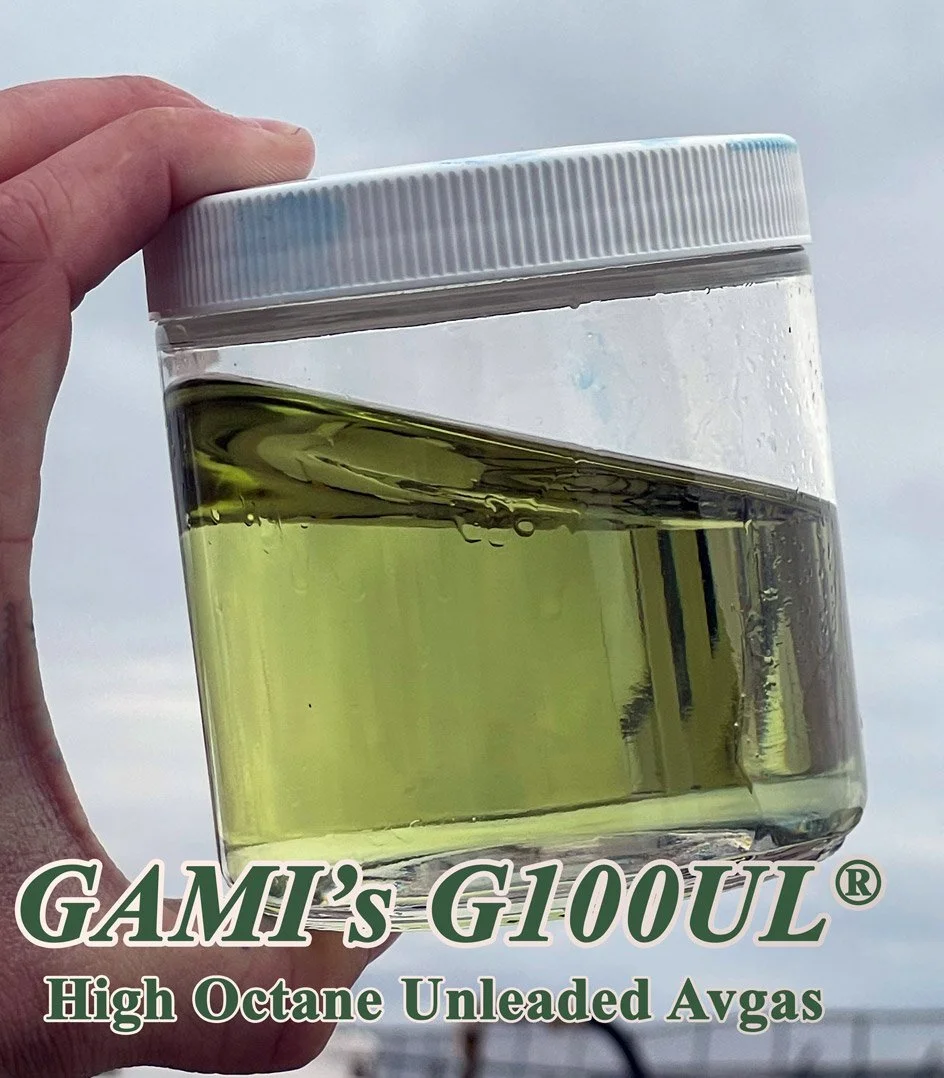As an aspiring pilot or aviation enthusiast, understanding the different types of aviation fuels is crucial. Aviation fuels power the engines that keep planes in the air and make air travel possible. This blog post will provide you with a comprehensive guide to aviation fuels, including their types, properties, and safety considerations.
Types of Aviation Fuels
There are two primary types of aviation fuels: aviation gasoline and aviation turbine fuel.

-
Aviation Gasoline: Aviation gasoline, also known as avgas, is used to fuel small piston-powered aircraft. Avgas is a high-octane fuel that is typically sold in small quantities at airports. There are four grades of avgas, with octane ratings ranging from 80 to 100. The higher the octane rating, the more resistant the fuel is to detonation, which is important for high-performance engines.
-
Aviation Turbine Fuel: Aviation turbine fuel (ATF), also known as jet fuel, is used to power turbine-powered aircraft, including jets and turboprop planes. There are several types of ATF, with Jet A and Jet A-1 being the most common. These fuels are kerosene-based and have a lower flash point and higher energy density than avgas.
Properties of Aviation Fuels
Aviation fuels are unique in their properties and characteristics, which makes them suitable for use in aircraft engines. Some of the properties of aviation fuels include:
-
Energy Density: Aviation fuels have a high energy density, which means they can provide a lot of energy per unit of weight.
-
Volatility: Aviation fuels have high volatility, which allows them to evaporate quickly and combust easily.
-
Flash Point: The flash point of a fuel is the lowest temperature at which it can ignite when exposed to a spark or flame. Aviation fuels have a high flash point to prevent accidental ignition.
Safety Considerations
Aviation fuels are highly flammable and must be handled with care to prevent accidents. Some of the safety considerations when handling aviation fuels include:
-
Proper Storage: Aviation fuels should be stored in approved containers and facilities to prevent leaks and spills.
-
Correct Handling: Aviation fuels should be handled only by trained professionals who understand the risks and precautions associated with their use.
-
Fire Prevention: Proper fire prevention measures should be in place when handling and transporting aviation fuels, including fire extinguishers, sprinkler systems, and smoke detectors.
Aviation fuels are essential for air travel, and understanding their properties and types is crucial for anyone interested in aviation. As an aspiring pilot or aviation enthusiast, it is important to take safety precautions when handling aviation fuels and to understand their unique properties and characteristics. By doing so, you can enjoy the thrill of flying while also ensuring your safety and the safety of others.
The Future of Aviation Fuels
The future of aviation fuels is a hot topic in the aviation industry. With the growing concerns about the environmental impact of fossil fuels, there is a need to find alternative and sustainable aviation fuel sources. One such alternative is unleaded aviation gasoline, which has been developed to replace the leaded aviation gasoline currently used in piston-engine aircraft.
GAMI's G100UL® high octane unleaded aviation gasoline is a promising alternative to leaded aviation gasoline. It has an octane rating of 100, which is comparable to the highest grade of leaded aviation gasoline. G100UL® is a drop-in replacement for 100LL, and no modifications are required to use it in aircraft engines. It is also cleaner burning than leaded aviation gasoline, reducing emissions and improving air quality.
Another unleaded aviation gasoline option is SWIFT UL94, which has an octane rating of 94. SWIFT UL94 is approved for use in many aircraft engines and is a popular alternative to leaded aviation gasoline. It is also cleaner burning than leaded aviation gasoline and reduces emissions.
In addition to unleaded aviation gasoline, there are also several sustainable aviation fuel options being developed. These fuels are made from renewable resources such as biomass, algae, and waste oils, and have the potential to significantly reduce the carbon footprint of aviation. Sustainable aviation fuels have been approved for use in commercial aviation, and research is ongoing to develop sustainable aviation fuels for general aviation.


Submit a Comment